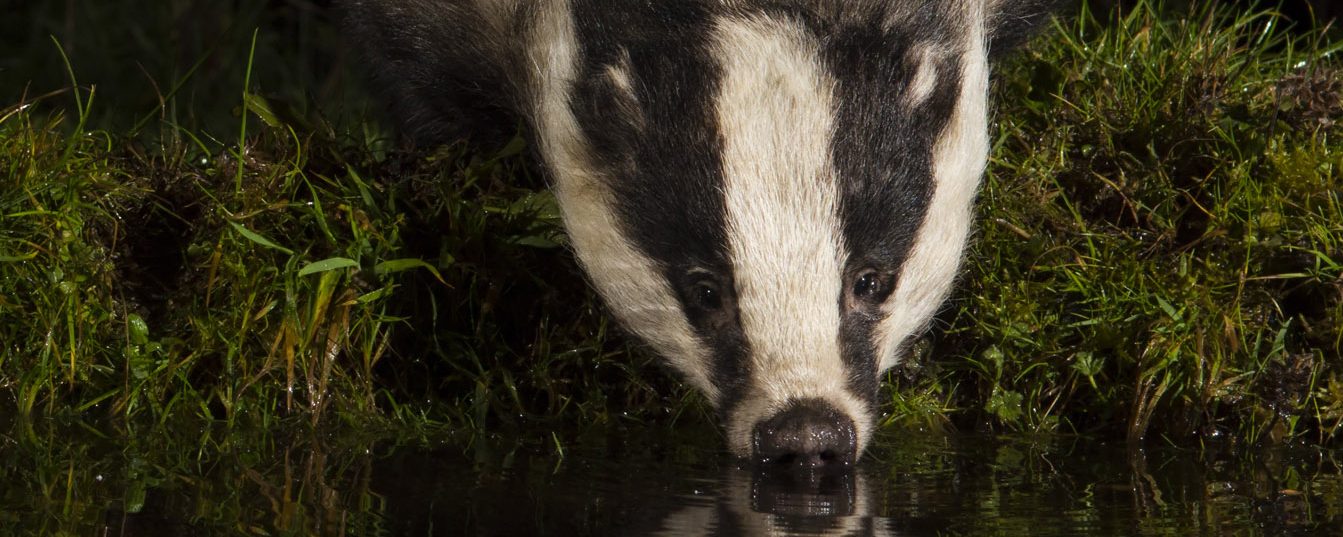 Back in the day, and well before their ‘not-so-sensible after all’ 2001 merger with the Department of Environment, Transport and the Regions (DETR), the Ministry of Agriculture, Fisheries and Food, (MAFF), were influential in deciding what government should do about badgers.
Back in the day, and well before their ‘not-so-sensible after all’ 2001 merger with the Department of Environment, Transport and the Regions (DETR), the Ministry of Agriculture, Fisheries and Food, (MAFF), were influential in deciding what government should do about badgers.
Badgers had being shown to be carriers of bTB, and capable of infecting cows, at least when locked in a small shed together with them for months. In their contribution to the 1980 Government review, (and tucked away in a long appendix), MAFF made significant claims that went wildly against the established veterinary thinking of previous decades. Previous established understandings had led to the effective elimination of the disease across most of Britain, no less.
Despite this, in 1980 MAFF determined (on pure supposition) that badgers were heavily involved in disease transmission, via a (what now seem far-fetched) theory that ‘Cattle TB’ was in fact ‘Badger TB’, because infected cattle were rarely infectious. This was, they wrongly guessed, because large lung lesions in cattle were mostly ‘closed’. Read our blog “How on earth did badgers get the TB blame?” and the more detailed report “Fifty years (1975-2025) of changing perspectives on bovine tuberculosis infection in cattle and badgers” for more information.
In the video linked below, ecological consultant Tom Langton shows how bad epidemiology altered the course of bTB control, sending scientists, civil servants, politicians, farmers and vets floundering in the wrong scientific direction for over four decades.

Discover more from The Badger Crowd - standing up for badgers
Subscribe to get the latest posts sent to your email.

